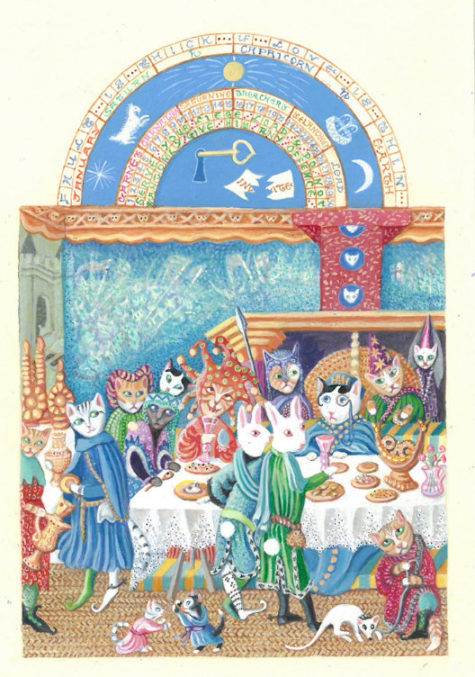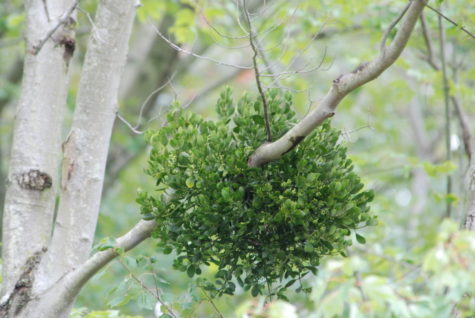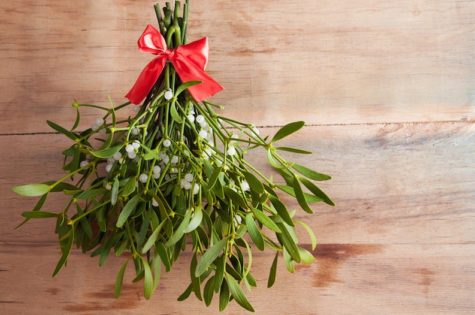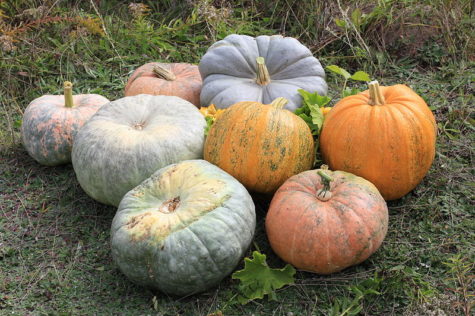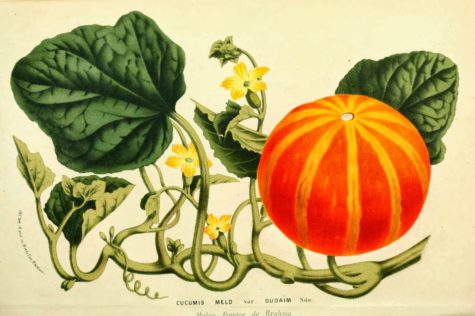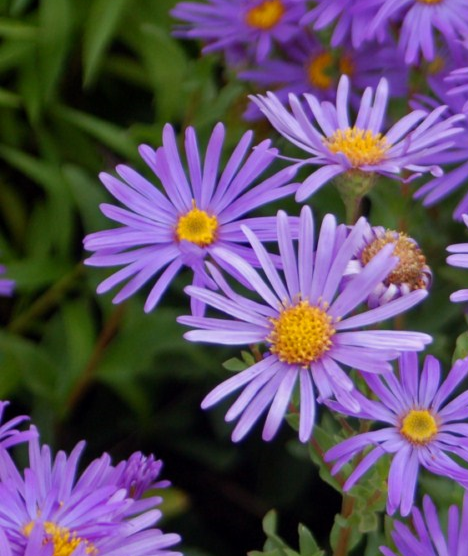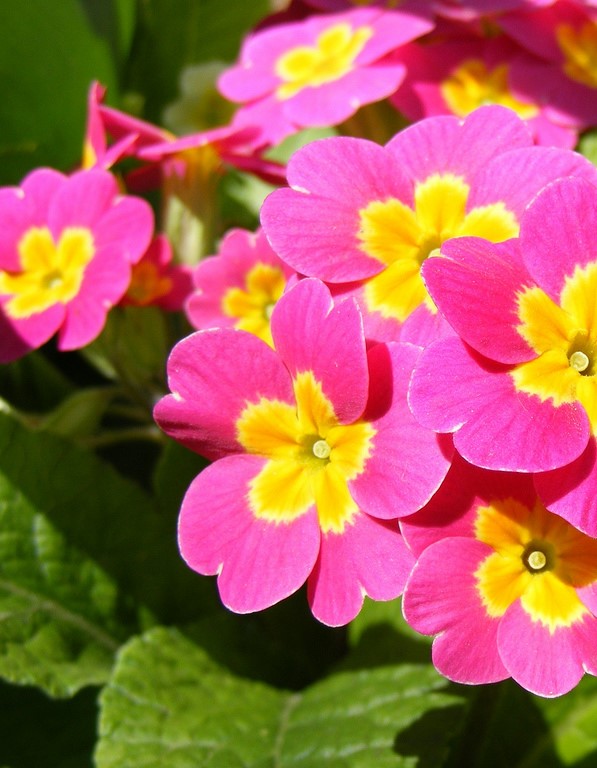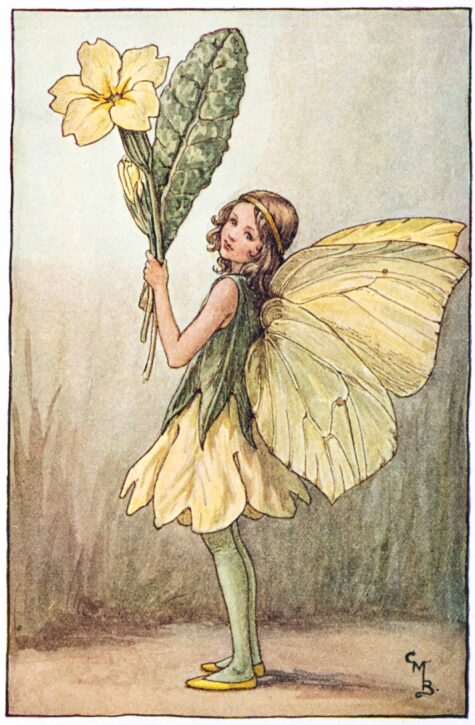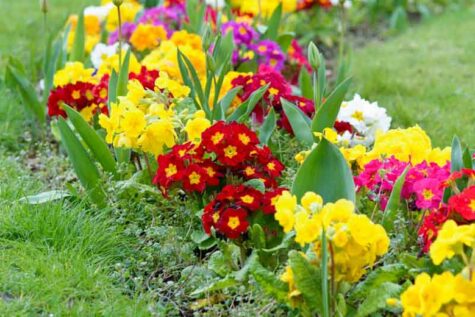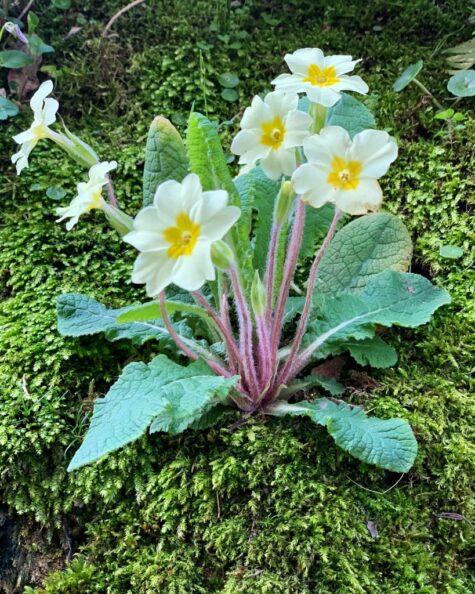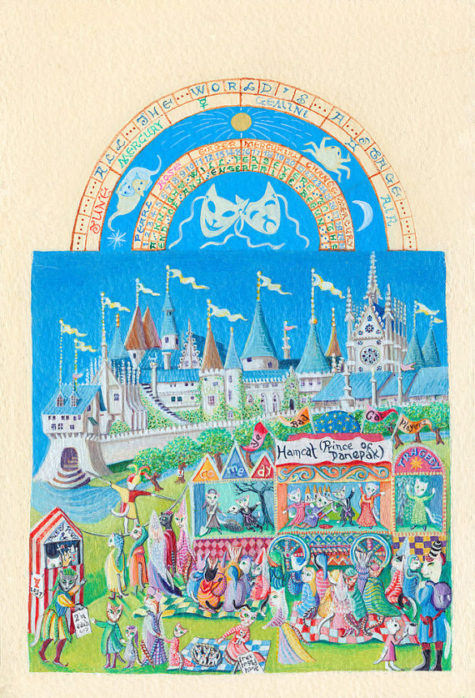Protection
- Ruler: Earth, Water
- Type: Mineral
- Magickal Form: Coarse, fine
- Magickal Properties: Purification, Protection, Grounding, Blessing
Salt is a primary tool of any Witch, regardless of the personal path. Sacred to all ocean deities and considered one of the most sacred substances of earth. It is a representation of earth herself in a mineral form.
Salt has many meanings. It is incorruptible itself, and preserves other things from decay, and hence it is an emblem of eternity and immortal life. It typifies wisdom and friendship. It was included in pagan sacrificial rites, and also in those of the Jews, and from time immemorial it has been used as a protection against all forces of evil.
Salt is used in traditional magical practices for blessing, grounding, protection, and cleansing. In Wicca, salt is sprinkled to purify and create the sacred circle.
It is frequently used as a base for other ingredients in powders, floor washes, bathing spells, and charm bags. Sprinkle around the four corners of the room and add to bath water to protect and dispel evil. Sprinkle black salt on doorways to keep undesirable influences away.
Salt represents prosperity. It was once used to pay salaries in ancient Rome: the word salary comes from the Latin sal, for salt. Many superstitions arose around spilling salt because of its preciousness. Add salt to dark leafy greens to increase your income.
Salt is seen as a feminine, nurturing mineral, whereas sulfur is thought to be the male, destructive mineral. Salt works in banishing spells by breaking up or splitting apart any negative influences, due to its purity. It is used in holy water and is a staple on most altars.
To eat another man’s salt is to establish a mystical bond between host and guest which neither can afterwards ignore with safety. The First Foot in Scotland and northern England often brings salt with him, signifying prosperity, see First Footing.
On the other hand, to help anyone to salt is to “help him to sorrow,” and a dark spell to make fruitful land barren was to curse it and sprinkle it with salt.
In the old days, in the English north-midlands, oaths were sometimes taken on salt instead of on the Bible. It was confidently believed that a prayer offered near salt would be answered.
If a plateful of salt was brought by the parents to a baby’s baptism and held near him during the service, he would be certain of Heaven when he died. As late as the 1940’s it was still quite usual in many districts to put a pinch of salt and one of sugar into a baby’s mouth when he first visits another house, or to include a little among the first gifts made to him.
A little salt in a cradle protected an unbaptized child, a heap in a pewter plate set on a corpse kept away demons and prevented swelling.
In the English midlands, salt and water, mixed three times, signed with the sign of the cross, and sprinkled over any unlucky thing, would remove the bad luck.
Collected from various sources
- Nature Spirits: gnomes, brownies
- Herbs: marjoram, holy thistle, nuts and cones
- Colors: brilliant white, blue-violet, black
- Flowers: snowdrop, crocus
- Scents: musk, mimosa
- Stones: garnet, onyx, jet, chrysoprase
- Trees: birch
- Animals: fox, coyote
- Birds: pheasant, blue jay
- Deities: Freyja, Inanna, Sarasvati, Hera, Ch’ang-O, Sinn
Power flow:
Sluggish; below the surface; A good time for spell work having to do with beginning and conceiving; protection; reversing spells; conserving energy by working on personal problems that involve no one else; getting your various bodies to work smoothly together for the same goals.
From: Moon Magic
Art by Jane Haworth
- Ruler: Apollo, Druids, Venus
- Type: Herb
- Magickal Form: Berries, Leaves, Wood
- Use for: Fertility, protection, love, healing, luck, and invisibility
Mistletoe is another important plant that is used in many holiday traditions surrounding the winter solstice. Druids believed that anything found growing on an oak tree had been sent from heaven and mistletoe found on oaks was especially sacred.
Said to lose its power once it touches the ground, mistletoe is a holy herb and sacred to many deities. Mistletoe was perceived as being in a category all its own. Although it lives on trees, it’s not a tree. Although it’s like a plant, it doesn’t grow in either Earth or Water.
In the Celtic language, mistletoe means “All heal” and it was thought to possess miraculous healing powers and hold the soul of the host tree. Mistletoe would be hung over the entry into peoples’ homes and atop doorways within their homes as a token of good will and peace to all comers.
It is said that when warring Viking armies met under a tree in which mistletoe occurred that they would cease battle for the remainder of that day. Today, many people still hang mistletoe in their homes and couples kiss when they meet under the mistletoe.
In some traditions each time a couple kiss under the mistletoe a single white berry is removed and the kissing ceases when the final berry is removed. Kissing a lover under the mistletoe will make this relationship last. There is a myth associated with this practice that stated if any unmarried women of the household went unkissed during the hanging of the mistletoe, they would not marry in the coming year.
As a matter of fact, you can tie mistletoe with a red ribbon and hang it in your home any time of the year for luck, protection and extra kissing.
- Adding mistletoe to other love potions increases their power.
- Place the leaves or berries high on a mantel in the home to protect its occupants.
- Leave a sprig of mistletoe in the home of someone you want to be remembered by.
- Twist marjoram and thyme around mistletoe and hang it in the corners of each room to attract luck and good fortune.
- Carve a ring from mistletoe wood and wear it for protection and to ward off illness.
Mistletoe is believed to possess a magical affinity for seizure disorders. To prevent seizures, carry a piece of mistletoe in your pocket or within a conjure bag. Jewelry and charms carved from mistletoe wood can also be worn or carried. The most potent mistletoe seizure charm is a magic knife with an iron blade and a handle carved from mistletoe wood.
Mistletoe berries resemble tiny golden moons enhancing the lunar and fertility symbolism. According to Pliny, a piece of mistletoe carried as an amulet helps a woman conceive. Fertility charms are carved from mistletoe wood, and then carried or attached to a pin and worn as a brooch. The most powerful mistletoe jewelry is embellished with pearls.
Mistletoe allegedly enhances the reproductive capacity of animals. Not only does it promote conception, it’s believed to also prevent miscarriage, particularly for sheep and goats.
Hang mistletoe in the barn, or place it on around the animal in question. Be aware that the amuletic part of mistletoe is usually the “wood” – and again, be cautious as mistletoe can be toxic, especially the berries.
In Sweden mistletoe is known as “thunderbroom.” Place it over thresholds, and hang it from the wall to protect a home from lightning. You can wear mistletoe around your neck to promote invisibility and hang it on a baby’s cradle to prevent fairies from stealing the youngster.
CAUTION: The leaves and berries of mistletoe are poisonous. Use caution when handling and keep away from small children and pets.
Sources:
- Latin name: Ulmus Campestris; Slippery Elm – ulmus fulva.
- Celtic name: Negetal (pronounced: nyettle).
- Folk or Common names: Elven, English Elm, European Elm, and sometimes Piss-Elm (due to the smell it makes while being burned as a green wood).
- Type: Tree
- Ruler: Orpheus, Odin, Hoenin, Lodr, Woden
- Planet: Mercury, Saturn
- Element: Water
- Symbolism: Communication and Relationships
- Color: Turquoise
- Birds: Lapwing, Ruffled Grouse
- Parts Used: Bark, leaves, wood.
- Basic Powers: Stability, Elves, Protection, Speech, Female Power, Fairies
Elm is the Arbitrator that listens without judgment
Magickal usage:
Using Elm in spellwork adds stability to the spell. Elm is sometimes said to symbolize the dark side of the psyche and so can be used in psychic workings. The Elm is commonly known as “the elf friend”. If you desire to have contact with wood elves, pick a grove of Elm trees and sit under them and sing. Around about dawn, the elves will have gotten over their initial shyness and come out to join in the singing.
Elm trees are also thought to provide a channel for the communication with divas. To get an Elm tree to help you in this quest, offerings can be brought to a favorite tree and left. The best offerings are wine, mead, tobacco, coins and sage.
The wood of the elm was used for coffins in England, and you could find it in graveyards in ancient Greece. It was found in the underworld and at the crossroads leading to the faery world. The tree essence energizes the mind and balances the heart. It attracts love, protects, and aids in sharpening psychic powers.
Tiny twigs of Elm can be worn in a bag around a child’s neck as a charm to produce eloquent speech in later life. Elm wood may be bound with a yellow cord and burned to prevent gossip. The Elm represents primordial female powers and therefore the Elm is a tree with great protective qualities. The wood from the Elm can be made into talismans and charms that can be worn for protection. The Elm also has the qualities of regeneration, boldness and fidelity, and so added to its protective qualities, it is excellent when given as a good luck token to departing friends.
Slippery Elm Bark is used in herbal medicine as a soothing demulcent; its reputation in Conjure work and Hoodoo is similar: it is said to make the bearer impervious to the slander, libel, malicious gossip, and lies spread by back-biting family members, jealous co-workers, and false friends who are trying to trouble your marriage or love-life.
Some folks place a small pinch of Slippery Elm in the corners of their rooms; they claim that this protects the home and rids the premises of evil. Others carry Slippery Elm in a pocket or conjure bag for immunity from the harmful tales told on them by covetous neighbors, back-biters, and hidden enemies posing as friends.
“Because of its rich foliage and sap, the Elm is sacred to Saturn, Roman god of agriculture. Representing fertility, it foretells that your wish will meet with success. Its other meaning is their need to give way and let nature run its course, to sacrifice what you have for what could be.
Elm wood is flexible and durable, and does not rot when wet. You probably know in your heart that your wish will be granted. A hopeful sign is that Elm twigs are used as divining rods. The Elm tree stands at the entrance to the underworld as a living connection between the living and the dead. What comes to you is blessed by heaven. It may be that all you need do is wait and have faith in nature.”
~Tree Magick by Gillian Kemp
More magickal uses:
- Carry a consecrated elm wand to see elves and fairies. It is best to choose a fallen branch but if you prune one, make sure the tree is not damaged and leave some coins as an offering under the tree.
- The branches are said to protect against lightning.
- Burn the leaves or bark to increase psychic vision and intuition.
- Carry Elm to attract love.
Herbal usage:
The Elm has many medicinal uses. In the past, Slippery Elm bark can was powdered and made into a milk for babies that couldn’t tolerate cow’s milk. In fact slippery Elm bark is good for many purposes. In tea it can ease insomnia and sooth an upset tummy. It is also useful for enemas and makes good poultice material. This type of poultice can be used on wounds, infections, ulcers, burns, and poison ivy.
More information on the medicinal and magickal uses of Slippery Elm can be found here:
- Encyclopedia of Herbology – Slippery Elm
- Folk Medicine Remedies and Cures – Slippery Elm
- Magickal Apothecary – Slippery Elm
- Scientific Name: Cucurbita
- Folk Name: Pumpkin, Winter Squash
- Type: Food
- Ruler: Oshun, Hekate
- Element: Water
- Parts Commonly Used: Seeds, Flesh, Whole Fruit
- Basic Powers – the fruit: Protection, Divination, Banishing, and Prosperity
- Basic Powers – the seeds: Fertility, Abundance, Wealth, Love, Prosperity, Good Luck
Basic Info:
Pumpkins can be used for protection, divination, banishing, and prosperity. Pumpkins and pumpkin seeds represent fertility, abundance, wealth, love, prosperity, good luck, and can attract money. They can also be used for healing, honoring the Moon, and Divination/Contacting the Spirit World.
Pumpkins have a long history of being the one vegetable that can ward off evil spirits on Halloween night. The tradition of carving pumpkins with faces, comes from Celtic traditions where turnips and other bulbous vegetables where cared to keep away evil or mischievous spirits during Samhain. To the Celts the head was the most sacred and important part of the body. So creating faces and turning them into lanterns made perfect sense.
Another legend tells us that we carve and light pumpkins so that our ancestors can find us and can communicate with us. At Samhain, the veils between the realm of the living and the dead are at their thinnest, and those who have passed on can cross over into our world, albeit for a short time.
Pumpkins are often symbols of the fruitfulness of the earth at this autumn time of year since their round orange bodies also represent the abundance of the Mother Goddess or Mother Earth. Pumpkin seeds, when roasted, dried and eaten, are believed to keep extra pounds away while adding the fruit of the pumpkin itself to delicious delights such as pumpkin bread or pumpkin pie is said to bring money and luck your way as well.
This fruit is also sacred to the Yoruban goddess Oshun and is offered to her in exchange for wishes granted concerning love, money and fertility. Offer whole pumpkins smeared with honey to the river where you wish to conceive a child. Offer whole pumpkins with names carved into them for love spells. Throw a handful of pumpkin seeds into the river and ask for a financial boon. It is important to know that the pumpkin and its seeds are considered the children of Oshun. If you are working with her magick, you must abstain from eating any pumpkin.
Other magickal uses for pumpkins include:
- When doing tarot readings for others, place a small pumpkin near your cards so you can draw upon it’s energies to reveal the unknown.
- Place a pumpkin on your altar and/or light a pumpkin-scented candle when doing any magic that involves discovering and developing your magical skills.
- For protection, carving ghoulish faces into pumpkins and placing them at your doorstep is said to help protect your home from wandering, harmful spirits this time of year.
- Light pumpkin-scented candles near your divination or scrying tools to increase the potency of your readings. Alternatively, keeping a pumpkin in your divination space is said to provide extra insight in your reading.
- Place pumpkin scented sachets around your home to drive away harmful energy and make your home warm and inviting.
- Pumpkins as a symbol of prosperity and can be placed on the altar, hearth, and doorstep to bring prosperity into the home and to those who live in it.
- Some believe the energy from Pumpkin scented candles helps to increase the power of spells.
These are just a few ways to use pumpkins in your magical practice. Remember, pumpkins are linked to the mysterious, the unknown, the dark, and all kinds of magic, so use them often!
A note of warning:
Some say that early American legend maintained that leaving a half of a pumpkin open or exposed in any room, but especially the kitchen, would attract negative energies into your living space. Pumpkins that have begun to spoil were believed by the Romany to suck the life energy from the people around them, and create illness and bad luck.
Related Content:
- Blends and Recipes – Magickal Apothecary/Pumpkin
- Spells and Magick – Book of Shadows/Pumpkin
- Folklore – Gypsy Magick/Pumpkin
Information in this post was collected from a variety of sources.
- Scientific Name: Asteraceae
- Folk Name: Michaelmas Daisies, Frost Flowers, Starworts
- Type: Flower
- Ruler: Venus
- Parts Commonly Used: Blossoms, Leaves (rarely)
- Basic Powers: Loving vibrations, Healthy emotions, Contentment, Protection
Also known as starworts, Michaelmas daisies or Frost flowers, the name aster is derived from the Greek word for “star,” This is largely due to the shape of the flower’s head; however, it is also because they grow in a spotted abundance and have an appearance similar to that of the stars in the sky.
With their wildflower beauty and lush texture, asters have long been considered an enchanted flower. The Greeks and Romans believed this flower was sacred to the gods and so wreaths of asters were placed on their altars.
In mythology, asters were said to have grown from the tears of the goddess Asterea. This ancient myth arises from the Iron Age, when people learned to make weapons of iron, the god Jupiter, was angered by all the fighting with these iron weapons that he decided to destroy the entire race by a flood. The gods fled the earth and the last to go, the goddess Astraea, was so saddened that she asked to be turned into a star. When the flood waters receded, all that was left was mud and slime. Astraea felt so sorry for them she wept, her tears falling as stardust which turned to lovely starflowers or asters. while she wept for the lack of stars on earth.
Roman mythological legend holds that one of the dryads presiding over the forest, meadows and pastures, the nymph Belides, was responsible for the origin of this flower. While dancing on the turf at the edge of the forest with the other nymphs, Belides attracted the admiration of the deity who presided over the orchards whose name was Vertumnus. She transformed herself into the flower bellis, it’s botanical name, to escape the pursuit of Vertumnus. The bellis flower is derived from the Anglo-Saxon “daeges eage” (day’s eye) from the habit of this flower to close its petals at night and on dark rainy days.
Another legend has it that the fields bloomed with asters when Virgo scattered stardust on the earth.
Asters are ancient wildflowers of the daisy family, and attract butterflies to your yard. There are over 600 species of aster, the most popular being the Monte Casino. These star-like flowers can be found in a rainbow of colors – white, red, pink, purple, lavender and blue, with mostly yellow centers.
Asters are sacred to Venus. Incorporate asters into spells and charms to enhance loving vibrations and healthy emotions. Adding these beautiful flowers to your garden brings love and contentment to your entire household.
Historically, aster flowers have had many uses. One of the best known is their use when placed upon the graves of French soldiers; these flowers were meant to symbolize afterthought, the wish that things had turned out differently, and to represent a desire for the reversal of the outcome of their battles. In China, they signify fidelity.
Known as “Eye of Christ” in France and “Starwort” in England and Germany, asters were thought to carry magical powers. The early English name, Starwort, was later changed to Michaelmas Daisy, as it blooms around St. Michaelmas Day in September.
In ancient Greece, aster leaves were burned, as it was thought that the smokey perfume would keep ward off wicked spirits and drive away serpents.
Asters may also be used for their strong medicinal properties. Some varieties of this flower are said to help with migraines, general headaches and colds, while others can aid in treating the pain of sciatica and muscle spasms. Virgil wrote that the flavor of honey would be improved if asters were boiled in wine and placed near a beehive.
In addition to having a wide array of colors to choose from, the aster flower also has a good deal of meaning to go alongside its good looks. In general, the aster is considered a symbol of patience, daintiness, and a love of variety. Others state that this flower is an emblem for refinement and elegance.
As a gift, asters placed in a bouquet with complementing flowers can be representative of love and admiration. They are often given to those born in September, or those celebrating a 20th wedding anniversary. As a more unique gift, you might present a single fresh or dried flower to a lover or friend as a love charm, as asters were thought by some ancient Greeks to hold the mystic power of drawing forth affection.
Found at: Flower Info and Meanings and Legends of Flowers
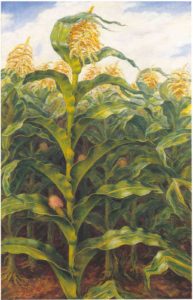 Scientific name: Zea Mays.
Scientific name: Zea Mays.
Common names: Indian Corn, Maize, Squaw Corn
Type: Vegetable
Ruler: Sun, Aztec and Mayan deities, Earth Mother
Planet: Venus and Saturn
Element: Earth
Magickal Form: On or off the cob, popped, white, yellow, blue, red
Parts used: Seeds, silk, husks
Magickal Properties: Fertility, Protection, Luck, Divination, Prosperity
Corn can be used for spells protection, luck, and in divination. Corn on the altar represents the power of the Corn Mother, She who blesses and nourishes all Her earthly children. Corn on the cob represents the phallic gods and draws creative or sexual energy.
Often Corn husks and Wheat straw are used to create what are called ‘Corn Dollies’. These are usually in the shape of a doll or are woven into various other shapes and are carried as charms or put on an altar. Corn dollies can be hung from the rafters of a house to offer protection for the house and all those who dwell within. Corn can also be used in many forms of fertility magic. Corn silk is a very powerful ingredient when added to love spells; it is designed to attract the person you desire.
Corn can be worn as jewelry or in amulets to make the wearer closer to the spirit of the earth. Corn can be used to divine the future. An old folk spell said that if a damsel found a blood-red ear of maize, she would have a suitor before the year was out. Financial or love wishes that are shouted out as popcorn is popping will come true.
- Eat yellow corn on the summer solstice (June 21) for blessings of prosperity
- Consume white corn for spiritual insight
- Scatter blue corn meal to purify and bless a space
- Hang red corn above doorways at harvest time to protect rewards that have been reaped
Corn is a sacred Druidic herb of Mean Fomhair (also called Mabon) and of Samhain. Corn is associated with the element of earth and the planets Venus and Saturn. Because Corn was such an important part of the food supply of many early cultures, almost every ancient religion had a Corn God or Goddess.
Some of these Corn deities are: Annonaria, Roman Goddess protector of the Corn supplies; Cerklicing, the Latvian god of fields and Corn; Kurke, the Prussian God of Corn; Nepit, an Egyptian Corn Goddess and Neper an Egyptian Corn-God; Nodutus, the Roman god who was held responsible for making the knots in the stalks of Corn; Nzeanzo, the Sudan god of rain, medicine, Corn, fertility and metal-working; Robigo, a Roman Goddess of Corn; Iyatiku, the Pueblo Corn Goddess; and Gabjauja, the Lithuanian Goddess of Corn (with the advent of Christianity She was, as were so many other Pagan deities, reduced to a demon).
Important note:
Remember that when harvesting Corn for magickal uses it is important to say thank you to the grain spirits:
“Mother of Corn
I harvest thee.
In spring thou wilt
A maiden be.”
Collected from various sources, including Magickal Winds
- Scientific Name: Primula vulgaris, Primula veris
- Common Name: Primrose, Cowslip, Key Flower, Herb Peter
- Ruler: Freya
- Planet: Venus
- Element: Earth
- Magickal Properties: Fairies, Protection, Love
Often associated with the month of February, the Primrose flower symbolizes patience, kindness and gentleness. The Primrose also brings the meaning of belonging, and nurturing. Primrose is used magically as a symbol to meditate upon to draw protection and love, Oil of primrose has been used to cleanse and purify in the Druidic tradition. This wildflower is also used to symbolize the beloved guest.
Primroses attract fairies to the garden.
- To invite the fairy folk to visit and to get fairy blessings hang a spray of primroses on your door.
- Eating primroses is said to help you see fairies.
- In Ireland and Wales primroses were thought to be fairy flowers that could give the power of invisibility.
- Celtic lore says rubbing primrose flowers over your eyelids can give you a way into the fairy world.
If you grow primroses in your garden, take very good care of them. Unhealthy primroses upset the fairies and it is not recommended to have cross fairies. If kept indoors, Primroses are said to bring sickness and sorrow, perhaps this is because they generally do not grow well indoors and upset the fairies.
On May Day, a string of primroses was used to decorate doors and thresholds. It was believed that fairies couldn’t pass over or under the string of flowers. When milking cows, primroses rubbed on the udder was thought to increase production and protect butter from being stolen by the little folk.
The pendant flowers of the cowslip, Primula veris, were sometimes called “Key Flower” in England because they were thought to resemble a hanging bunch of keys. The association with keys may also have led to another common name, “Herb Peter,” because the symbol of St. Peter is a bunch of keys. Ancient Norse peoples celebrated this primrose as a symbol of the goddess Freya, known as the “Key Virgin.”
In England, April 19th is known as “Primrose Day” in honor of Prime Minister Benjamin Disraeli, who loved the flowers. Every year, visitors to Westminster Abbey lay primroses on his statue. Primroses are the County Flower of Devon, where they grow profusely.
According to the “language of flowers” Primroses symbolize youth or young love, or mean “I can’t live without you.” Lilac-tinted primroses signify confidence and red primroses symbolize unappreciated merit. In the Chakra System, it is believed that the Primrose combines the solar plexus and heart chakras.
The flowers of some primroses, especially Primula vulgaris, are edible. They can be eaten raw in salads or as an edible garnish, and can also be made into conserves (preserves). P. vulgaris flowers can be combined with yeast and sugar and fermented into wine.
In their native Europe, primroses have long been prized for their medicinal and culinary uses. Traditional folk medicine utilizes the primrose to treat a number of ailments, such as:
- headaches
- wounds
- cramps
- spasms
- paralysis
- rheumatic complaints
In traditional herbal medicine, cowslip wine, made from P. veris, was used as a sedative. When the flowers were boiled with sugar to make a syrup, the concoction was used to treat palsy as well as nervousness. The juice of the flowers, either used alone or combined with other ingredients into an ointment, was supposed to be effective at treating facial spots and wrinkles.
An old gypsy cure for skin complaints on the face: take three primrose leaves and boil them in a pint of water, drink the water.
Scientific research indicates that primroses contain saponins and salicylates, which many have expectorant and anti-inflammatory effects. The roots and flowers have also been used as emetics, sedatives, antispasmodics, and astringents.
Though primroses are toxic to dogs, cats, and horses — and may cause vomiting if ingested — primroses are edible for humans. Leaves and flowers may be eaten raw or cooked, used as a herb, or as a garnish. The flowers can be used to make wine and syrup.
Primroses are mainly pollinated by bees but attract other long-tongued pollinators such as hoverflies, brimstone, and small tortoiseshell butterflies.
Collected from various sources including Garden Guides
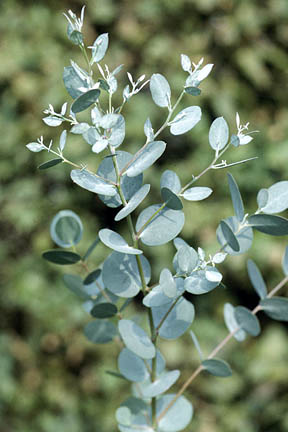 Scientific Name: Eucalyptus spp.
Scientific Name: Eucalyptus spp.
Folk Name: Blue Gum Tree
Type: Tree
Ruler: Moon and Mars
Element: Water
Parts Used: Leaf, Essential Oil
Basic Powers: Protection, Cleansing, Healing
Eucalyptus is bound to the Moon and Water. It is used magically for protection, purification, and health. The clear bright scent of this plant lends itself perfectly to the cleansing of temples, homes, and the human aura.
- Use leaves stuffed in sachets, pillows, and charms and carry or put in your bed to maintain good health, or anoint a sachet with Eucalyptus oil.
- Place leaves in a mesh bag and hang under the faucet for purification rituals.
- Place leaves around the house for health and protection from illness and unwanted energies.
- Ring a blue or green candle with leaves or flowers for healing energies.
- Cut a branch off a Eucalyptus tree and hang in a sickroom for the healing energy.
- Eucalyptus fragrance is very soothing to highly charged emotional states.
- Use leaves or oils to clean and balance a place or a person.
Note: This post was compiled by Shirley Twofeathers for Magical Ingredients, you may repost and share without karmic repercussions, but only if you give me credit and a link back to this website. Blessed be.
- Nature Spirits: sylphs, zephyrs
- Herbs: skullcap, meadowsweet, vervain, tansy, dog grass, parsley, mosses
- Colors: orange, golden-green
- Flowers: lavender, orchid, yarrow
- Scents: lily of the valley, lavender
- Stones: topaz, agate, alexandrite, flourite
- Trees: oak
- Animals: monkey, butterfly, frog, toad
- Birds: wren, peacock
- Deities: Aine of Knockaine, Isis, Neith, Green Man, Cerridwen, Bendis, Ishtar
Power flow:
Full but restful energy; protect, strengthen, and prevent. A time of Light; Earth tides are turning. Decision-making, taking responsibility for present happenings. Work on personal inconsistencies. Strengthen and reward yourself for your positive traits.
From: Moon Magic
Art by Jane Haworth

